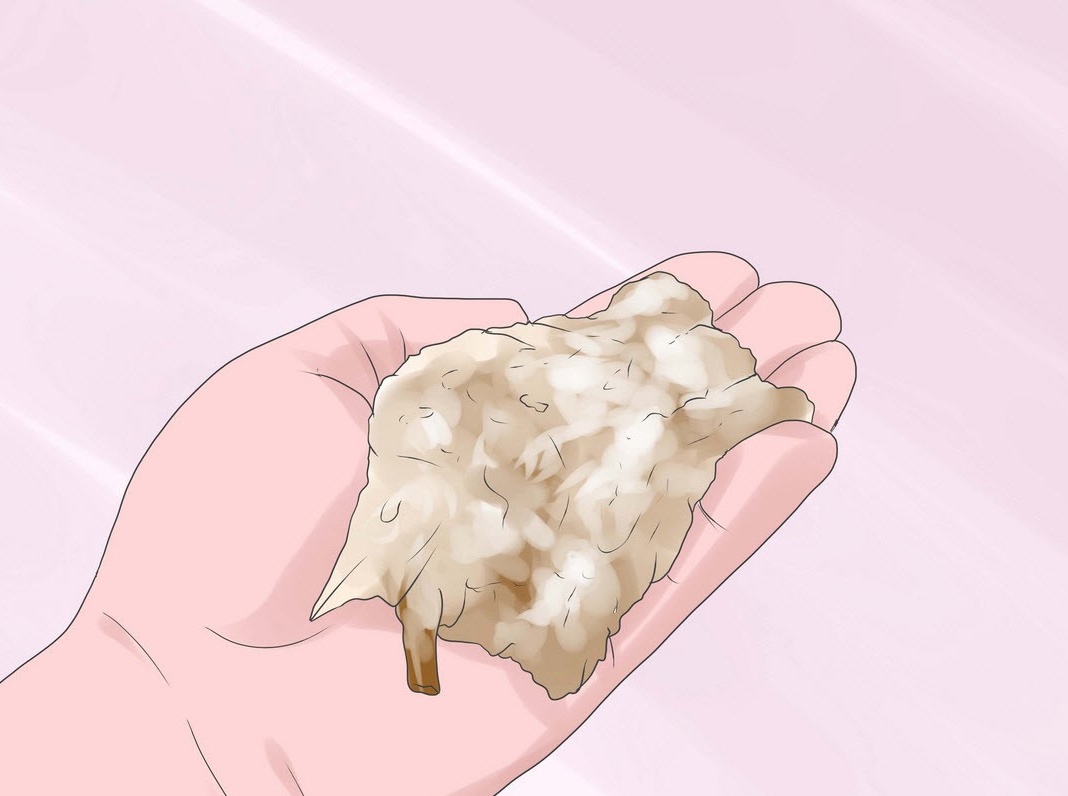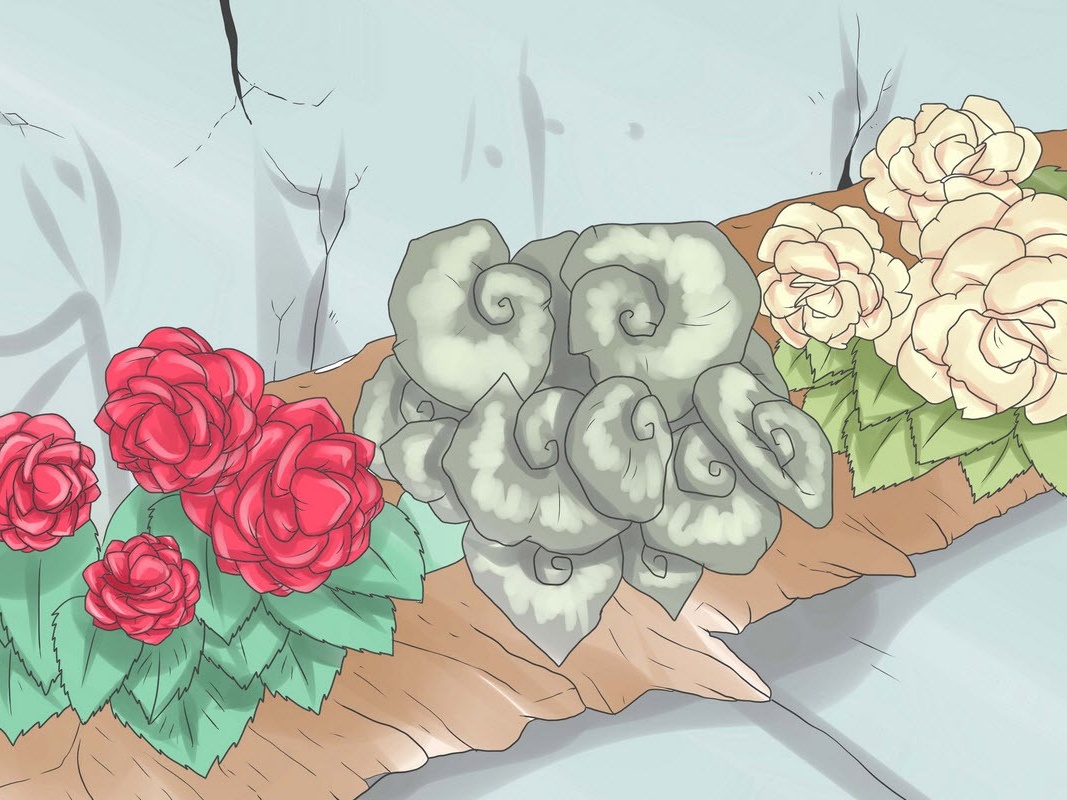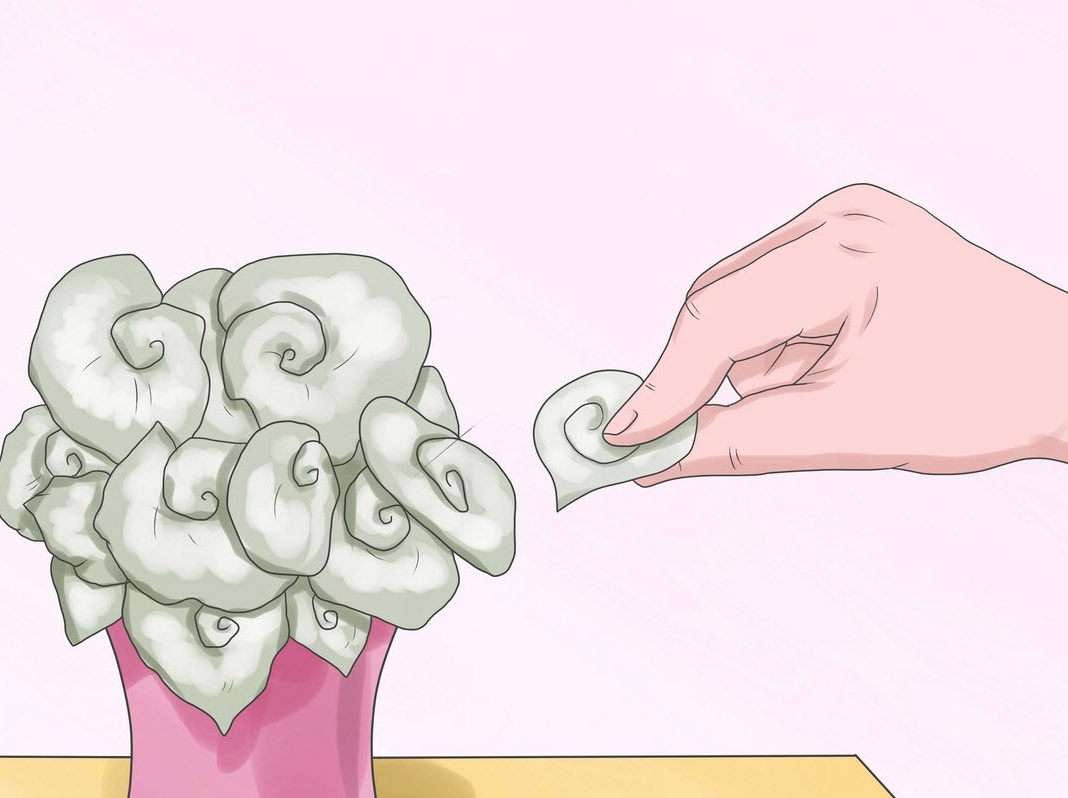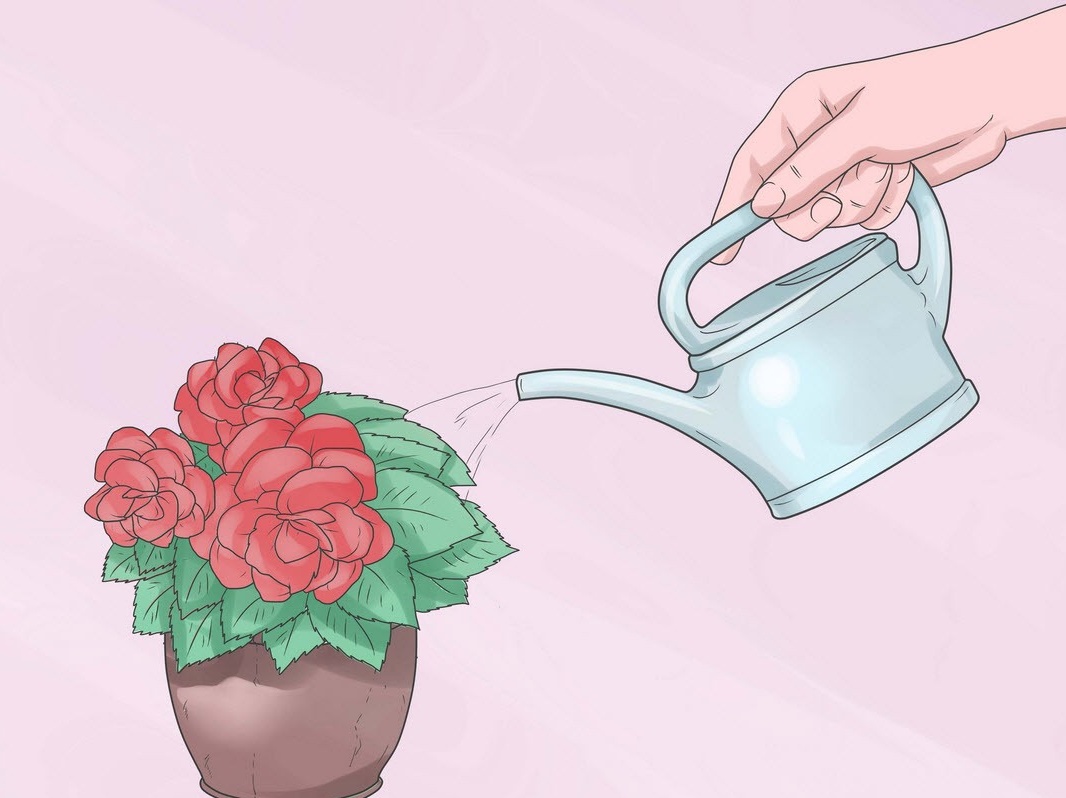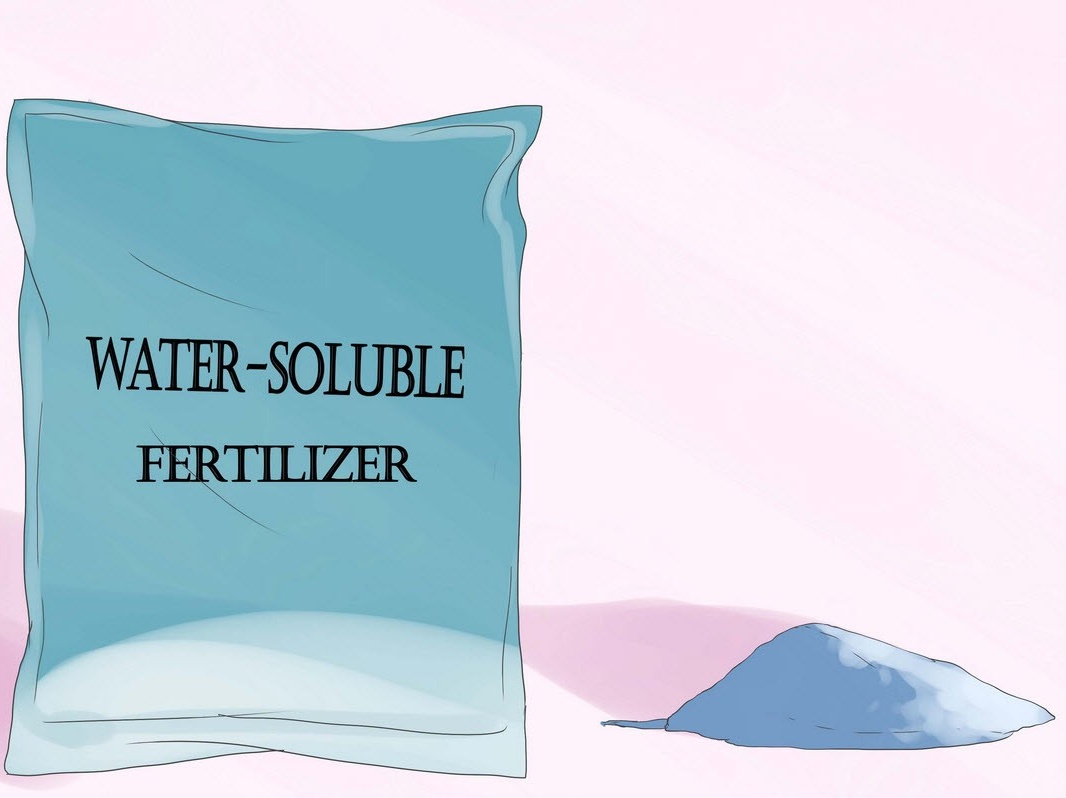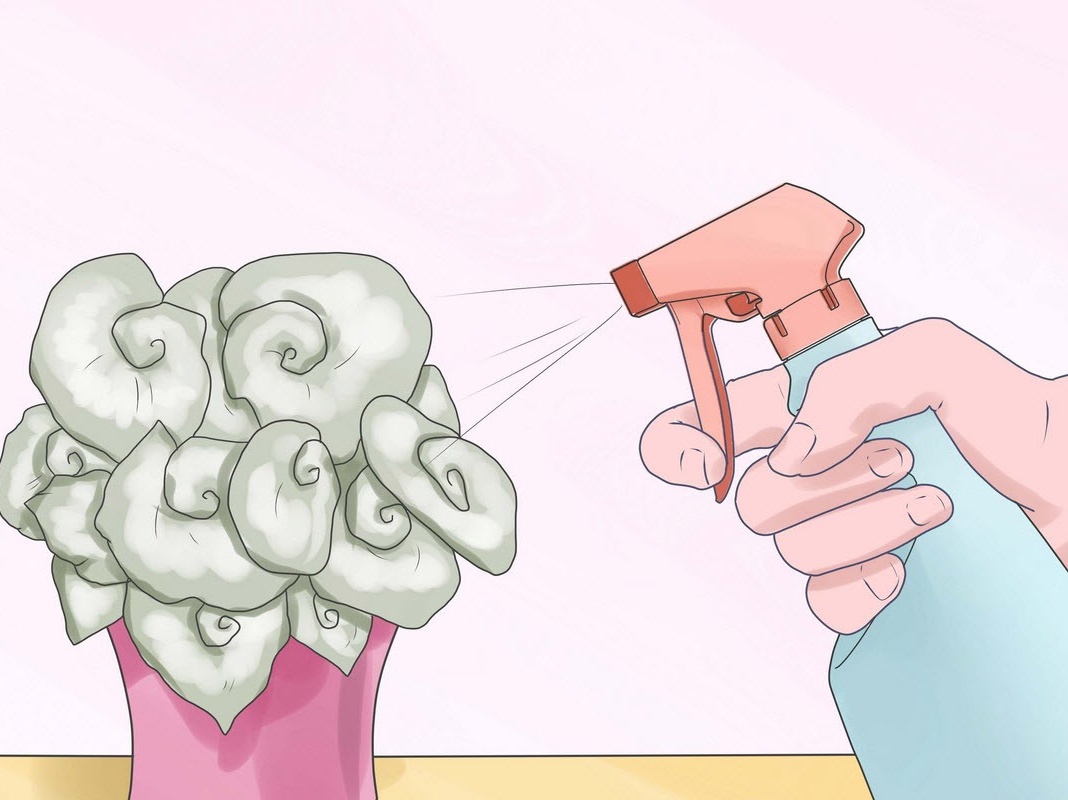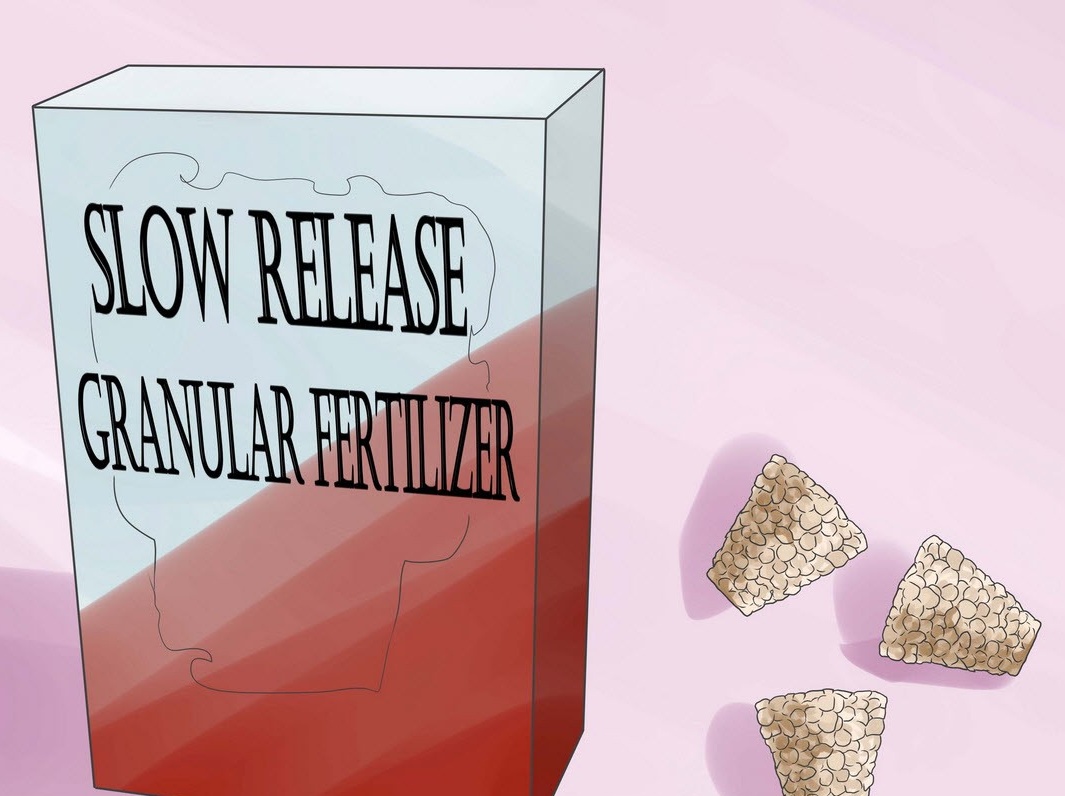Care and care for the beautiful begonia
A delicate plant came to us from the tropics. Michel Begon acted as a flower courier, whose impulse is captured in the melodic name of the plant. Today begonia is represented by 900 species and is divided into deciduous and flowering. In the classification, there are 3 more subspecies.
The first includes capricious plant specimens with regular discharge of leaves;
The second is marked by short shifts in the intervals of rest and intensive growth. The third is characterized by color activity and gradual development.
The most popular version is tuberous varieties, loved for the splendor of large inflorescences and colorful saturation. In leafy specimens, the emphasis is on curly leaves and their shades. At the same time, some of them also bloom, but alternative flowering is much inferior in decorativeness to the first look.
In support of bright beauty
Like all tropical flora, begonia requires sun, heat and proper watering. The buds are formed exclusively with sufficient lighting. And if you pinch them immediately, the bush forms a thick decorative crown of leaves. After wilting, the faded flower should be removed. This technique will significantly extend the flowering period.
The first signal of illiterate care is non-developing shoots that obviously lack light. But if you put the pots on the windowsill on the south side, it is likely to notice burns on the leaves. Unlike flowering counterparts, leafy specimens are more tolerant to the absence of light fluxes.
Royal begonia and its subspecies are not pruned. In ampelous plants, the tip is removed to activate the growth of the lateral processes. But bushy hybrids are usually cut literally to the bottom of the kidney. Instances are stress resistant, which has a beneficial effect on their rapid growth. It is only necessary to reduce the intensity of watering before the emergence of young shoots.
About water and land
The requirements for land in pots are due to drainage features: water should moisten the roots, and its residues drain into the pan, where it drains.
The stagnant fluid can disturb the root circulation. If this has already happened, slow down the frequency of watering and replace the soil. Special soil loose mixes for begonia are sold with an average acidity of pH 6.5. Soil layouts vary with species.
- For the cultivation of tubers, a composition of perlite, moss and earth in equal proportions is suitable;
- The royal look takes root in the company of leafy land, peat, humus and turf, taken half as much;
- The flowering group prefers a society of sand with peat, humus and leafy soil, a couple of times higher in terms of the number of proportions of the listed components;
Remember to sterilize the soil mix before transplanting. It is advisable to change the soil in the pot every 2 years. The flower with branched roots feels comfortable in a wide capacity, the ampel form is in a suspended position. In winter, in dry air coming from radiators, spraying is not superfluous. With a spray, it is better to irrigate the environment around, and avoid direct contact with the plant. Nearby you can put a container of water or moistened with gravel.
Like all home flora, a flower loves top dressing. To enjoy the non-fading beauty throughout the season, it is enough to make 2 alternate additives: mineral and organic. For growth in the summer, humate or zircon is added. In autumn, leafy drinks are not watered with a useful cocktail. Flowering varieties limit in stimulation as the last petals fall.
Causes of Begonia Diseases
If begonia sharply began to drop lower leaves or buds, you should check the watering regime. A pale color indicates a lack of light. A brown hue indicates dry air.Yellow leaves and the remnants of a luxurious flowering are removed immediately, otherwise they will attract pests or a fungus will form on them.
The plant is sensitive and reacts even to small degree fluctuations. Gray rot is formed in conditions of high humidity and cold. In the conditions of heat and a microclimate uncomfortable for a flower, powdery mildew forms. Quite often, mold also appears. In this case, the plant is treated with a composition with a special formula. Tuberous species require constant protection against aphids, whiteflies or scale insects.


